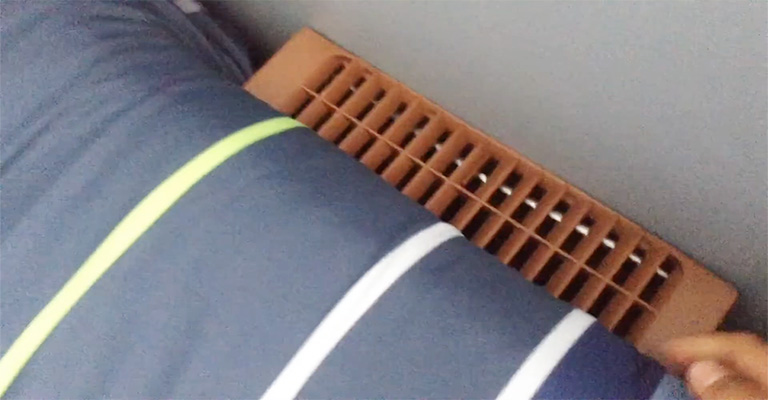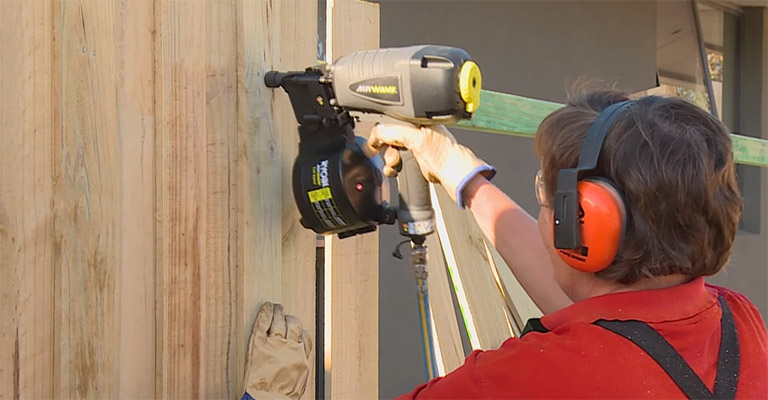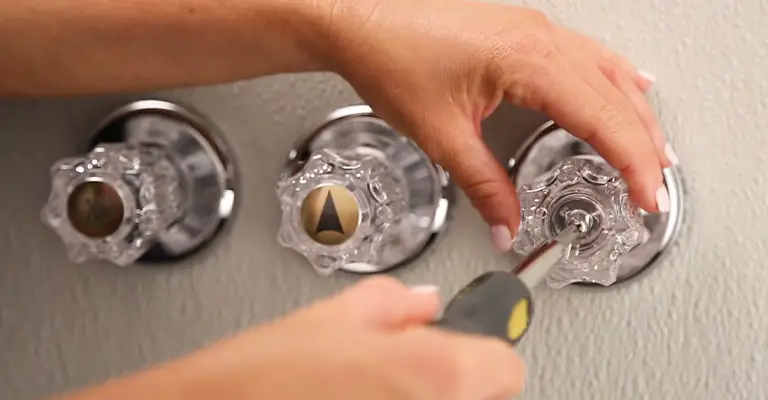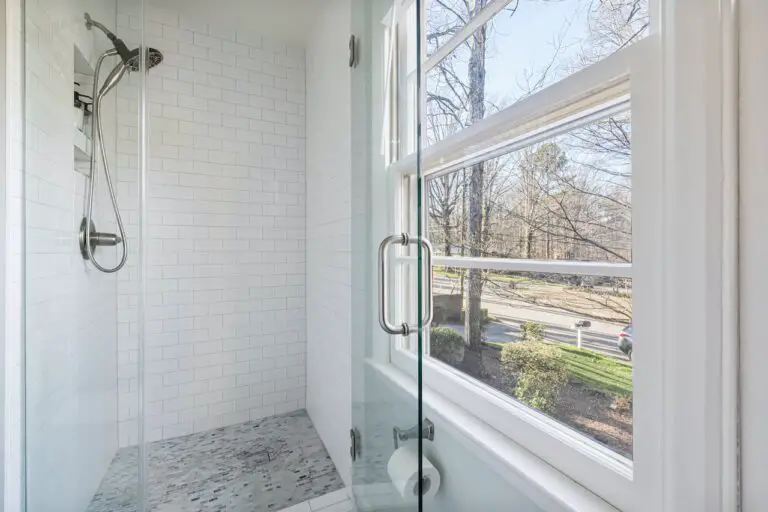Can You Put An Air Conditioner In A Horizontal Window?
Window air conditioners are one of the most common types of cooling systems in homes. They are usually mounted on a window but can also be mounted on a wall. They come in different sizes and shapes, so it is important to choose the right one for your needs.
If you have a horizontal window and still want to have cool air in your home, the best option is to put an air conditioner in it. An air conditioner can be installed in a horizontal window without any problem. It just needs careful planning and consideration of the placement of the unit.
In most cases, low-cost A/C units are designed to work with vertically sliding windows, which poses a problem with horizontally sliding windows. A/C units can be installed inside of horizontally sliding windows without looking bad, nor is there any need for any special brace.
The frames you can make to adapt these air conditioners to sliding windows can be made if you already have the air conditioner or you are attracted to them because their price tags are significantly lower than those of casement units, portable air conditioners, or central air conditioners.
How Do I Deal With a Large Window?
If you have a gap between the frames, you can fill it with thick cardboard, plexiglass, or plywood. The filler material can also be purchased at the hardware store, and it can be cut to the right size for your needs.
The filler or board should be secured with duct tape to prevent leaks. You can insulate your windows with weather stripping or foam that comes with some air conditioners. You can also use heat control window films for houses to prevent heat from entering.
Difficulty & Time
Frames like these require no exterior bracing because they are solid and simple. This is ideal for those who live in apartments and only need an air conditioner for a few months a year.
The frames can be built in about an hour with some basic tools and lumber. You can easily install and remove your air conditioner once it has been built.
It should be noted that window air conditioners are not meant to be installed permanently. They can also be easily removed at the end of the warm season with these frames.
The pictured units include plywood that hasn’t been finished. Sheet lumber, however, is only used to cover an opening and is not structural; it can be painted or replaced with plexiglass or other materials.
Step By Step Guide On Installing A Standard Air Conditioner In A Sliding Window
Air conditioners installed into horizontal windows, which are sliding windows that move from left to right instead of up and down, are similar to air conditioners installed into vertical sliding windows.
Air conditioners that slide horizontally are known as slider air conditioners for slider casement air conditioners. Take measurements of your window opening before purchasing an air conditioner. This will enable you to determine the width of the unit you can install.
Step 1: Choosing
Choose the window where the air conditioner will be installed. Three-pronged outlets should be within reach of the window. You might not be able to operate your air conditioner properly if you connect it to an extension cord. Make sure the window is open.
Step 2: Inspection
Make sure the windowsill is in good condition. Window sills that are weak, old, or show signs of damage may not be able to support the weight of the unit. It is recommended that the windowsill be replaced, or a different window is selected.
Step 3: Modification
Weatherstripping should be cut to the same width as the window opening. Position the weatherstripping so that it is positioned on top of the unit when it is installed. Remove the adhesive backing from the weatherstripping. Make sure the weatherstripping sticks well to the windowsill by pressing firmly.
Step 4: Installing The Support Items
Using an electric drill or screwdriver, attach the bracket to the window sill with screws. When the bracket is in place, the top should tilt back, so that rain will easily slide off rather than pool on top of it when the unit is in place.
If your air conditioner does not come pre-assembled, the directions will tell you how to assemble the bracket and how to install it along the windowsill. To prevent the unit from falling out of one side of the sill, most brackets are installed in the center.
Use a screwdriver or electric drill to attach the support bracket to the siding. In some cases, the exterior bracket attachment may be directly beneath your window sill, while in others it may extend down the siding beside the window.
Step 5: Assembly
In case the air conditioner needs to be assembled, assemble it. The top and sides of the air conditioner will likely need to be fitted with air conditioner guides. You will need a hex wrench to properly attach the guides, which will be included with the unit. A plastic curtain component is attached to the guides, which essentially frame the unit.
Step 6: Measuring & Adjusting
The length of the side guides should be the same as the length of the weatherstripping. Weatherstripping should be removed from its adhesive backing and secured to the back of the side guides. Combined with the weatherstripping, these side guides will help create an airtight seal around the unit.
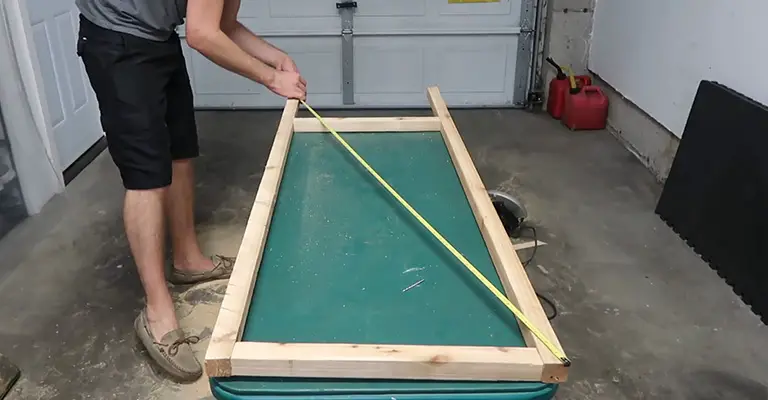
If your sliding window is taller than your unit, subtract its height from the window’s height. There will be a plastic curtain for covering this gap, which will come with the unit.
You will need scissors to cut the plastic curtain to ensure that it covers any gaps between the window unit and the window frame once attached to the unit. The plastic curtain should be 16 inches high, for instance, if the unit is 40 inches high and the window opening is 56 inches high.
Step 7: Putting The Main Unit In Place
Attach the curtain frame to the unit by sliding the legs into the guides on the side. Attach the curtain into the curtain frame, which comes with the unit. The frame may need to be attached to the unit with screws, though it can also just slide into place.

Step 8: Checking
The air conditioner needs to rest against the support bracket and flush against the side window jamb before it can be inserted into the window opening. Getting someone else to help you is a good idea because the unit is heavy. Be careful when placing the unit by bending your knees.
Step 9: Finalizing
Ensure that the unit is supported by the bracket and evenly positioned in the window opening. Use a screwdriver to secure the bracket to the air conditioner.
As a result, working around the unit from the outside will be easier than trying to do it from the inside. A screw or screws will be used to attach the bracket to the back of the unit.
Step 10: Lining Up
Make holes in the window track by drilling through the unit’s bottom guide. The bottom of the unit is attached to the window by installing screws into holes and screwing them in. Drill pre-drilled holes in the curtain frame and screw in screws with an electric drill. Attach the curtain frame to the window jamb with screws.
Install an L bracket, which is included with the unit, where it meets the jamb at the bottom of the window. The L bracket hole should be drilled through to the window frame. Screw it in place after drilling the hole through. This L bracket will prevent an outsider from opening the window. Simply plug it in.
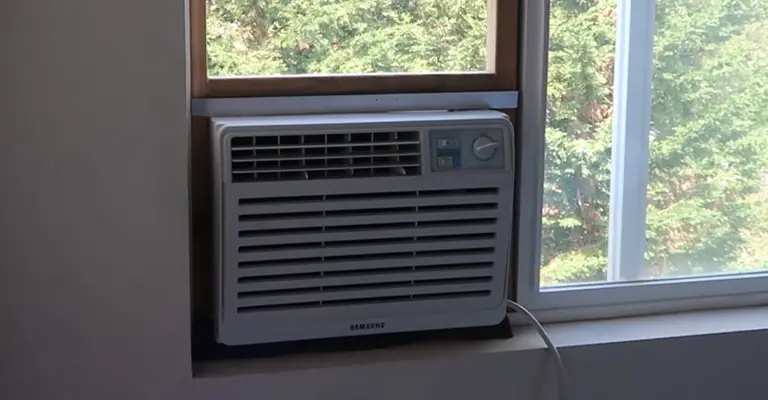
Final Tip
You may not be able to prevent leaks with the weatherstripping you added during installation. If the flame flickers when the unit is not running, hold a lit candle near it on a windy day. If this occurs, there is a leak. For small leaks, caulk can be used, or additional weatherstripping can be used.
Conclusion
Understanding where and how they can be installed is crucial for homeowners. Horizontal sliding windows, often a design challenge for traditional window AC units, can indeed accommodate a window air conditioner when approached correctly. Whether you have a horizontally sliding window or a traditional casement window, the key lies in the proper window framing and ensuring a tight window seal. If a standard window unit doesn’t seem suitable, consider investing in a portable air conditioner that comes with a window kit designed specifically for horizontal sliding window installations. These kits make the setup process a breeze, offering a seamless integration into the window space. And remember, while double-hung windows are the common choice for many window units, with a bit of ingenuity and the right tools, your horizontal sliding window can become a cool oasis in the heat.
Modern living spaces demand flexibility and adaptability. The rise of horizontal sliding windows in contemporary homes calls for innovative solutions in the cooling department. A portable air conditioner or a specially-designed window AC for horizontally sliding windows can be the answer for those looking to beat the heat. With careful attention to window framing, a snug window seal, and the appropriate window kit, your AC unit can function efficiently, ensuring your home remains comfortable during those sweltering summer months. Whether you’re working with double-hung windows or the more challenging casement windows, there’s a cooling solution out there tailored for your needs.


